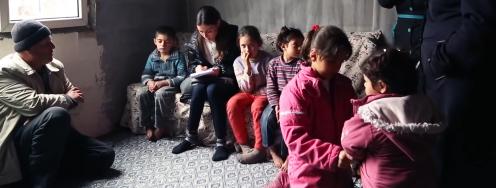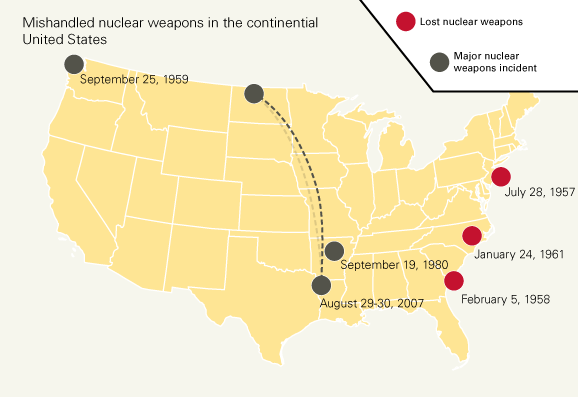Pakistan's Ethnic Fault Line
by Selig S. Harrison
To American eyes the struggle raging in Pakistan with the Taliban is about religious fanaticism. But in Pakistan it is about an explosive fusion of Islamist zeal and simmering ethnic tensions that have been exacerbated by U.S. pressures for military action against the Taliban and its al-Qaeda allies. Understanding the ethnic dimension of the conflict is the key to a successful strategy for separating the Taliban from al-Qaeda and stabilizing multiethnic Pakistan politically.
The Pakistani army is composed mostly of Punjabis. The Taliban is entirely Pashtun. For centuries, Pashtuns living in the mountainous borderlands of Pakistan and Afghanistan have fought to keep out invading Punjabi plainsmen. So sending Punjabi soldiers into Pashtun territory to fight jihadists pushes the country ever closer to an ethnically defined civil war, strengthening Pashtun sentiment for an independent "Pashtunistan" that would embrace 41 million people in big chunks of Pakistan and Afghanistan.
This is one of the main reasons the army initially favored a peace deal with a Taliban offshoot in the Swat Valley and has resisted U.S. pressure to go all out against jihadist advances into neighboring districts. While army leaders fear the long-term dangers of a Taliban link-up with Islamist forces in the heartland of Pakistan, they are more worried about what they see as the looming danger of Pashtun separatism.
Historically, the Pashtuns were politically unified before the British Raj. The Pashtun kings who founded Afghanistan ruled over 40,000 square miles of what is now Pakistan, an area containing more than half of the Pashtun population, until British forces defeated them in 1847, pushed up to the Khyber Pass and imposed a disputed boundary, the Durand Line, that Afghanistan has never accepted. Over Pashtun nationalist protests, the British gave these conquered areas to the new, Punjabi-dominated government of Pakistan created in the 1947 partition of India.
At various times since, Afghan governments have challenged Pakistan's right to rule over its Pashtun areas, alternatively pushing for an autonomous state to be created within Pakistan, an independent "Pashtunistan" or a "Greater Afghanistan" that would directly annex the lost territories.
Fears of Pashtunistan led Pakistan to support jihadist surrogates in the Afghan resistance during the Soviet occupation in the 1980s and, later, to build up the Taliban. Ironically, during its rule in Kabul the Taliban refused to endorse the Durand Line despite pressure from Islamabad. Afghan President Hamid Karzai has also resisted, calling it "a line of hatred that raised a wall between the two brothers."
The British got the most rebellious Pashtun tribes to acquiesce to their rule only by giving them formal autonomous status in their own "Federally Administered Tribal Areas" (FATA). This autonomy was respected by successive Pakistani governments until the Bush administration pressured former president Pervez Musharraf into sending his army into those areas in 2002, displacing 50,000 people. Since then, Predator strikes have killed more than 700 Pashtun civilians.
So how should the Obama administration proceed?
Militarily, the United States should lower its profile by ending airstrikes. By arousing a Pashtun sense of victimization at the hands of outside forces, the conduct of the "war on terror" in FATA, where al-Qaeda is based, has strengthened the jihadist groups the U.S. seeks to defeat.
Politically, U.S. policy should be revised to demonstrate that America supports the Pashtun desire for a stronger position in relation to the Punjabi-dominated government in Islamabad.
The Pashtuns in FATA treasure their long-standing autonomy and do not like to be ruled by Islamabad. As a March 13 International Crisis Group report recognized, what they want is integration into the Pashtun Northwest Frontier Province (NWFP).
The United States should support Pashtun demands to merge the NWFP and FATA, followed by the consolidation of those areas and Pashtun enclaves in Baluchistan and the Punjab into a single unified "Pashtunkhwa" province that enjoys the autonomy envisaged in the inoperative 1973 Pakistan constitution.
In the meantime, instead of permitting Islamabad to administer the huge sums of U.S. aid going into FATA, the Obama administration should condition the aid's continuance on most of it being dispensed in conjunction with the NWFP provincial government.
Al-Qaeda and its "foreign fighters," who are mostly Arab, depend on local support from the Taliban for their FATA sanctuary. Unlike al-Qaeda, with its global terrorist agenda, most of the Taliban factions focus on local objectives in Afghanistan and FATA; they do not pose a direct threat to the United States. U.S. policy should therefore welcome any new peace initiatives by the secular Pashtun leaders of the Awami National Party, now ruling the NWFP, designed to separate Taliban and Taliban-allied Islamist factions from al-Qaeda. As in Swat, military force should be a last resort.
In the conventional wisdom, either Islamist or Pashtun identity will eventually triumph, but it is equally plausible that the result could be what Pakistani ambassador to Washington Husain Haqqani has called an "Islamic Pashtunistan." On March 1, 2007, Haqqani's Pashtun predecessor as ambassador, the retired Maj. Gen. Mahmud Ali Durrani, said at a seminar at the Pakistan Embassy, "I hope the Taliban and Pashtun nationalism don't merge. If that happens, we've had it, and we're on the verge of that."
Selig S. Harrison is the author of the report "Pakistan: The State of the Union," based on a six-month study of ethnic tensions in Pakistan issued last week by the Center for International Policy. A former Post bureau chief in South Asia, he has written five books on the region.



